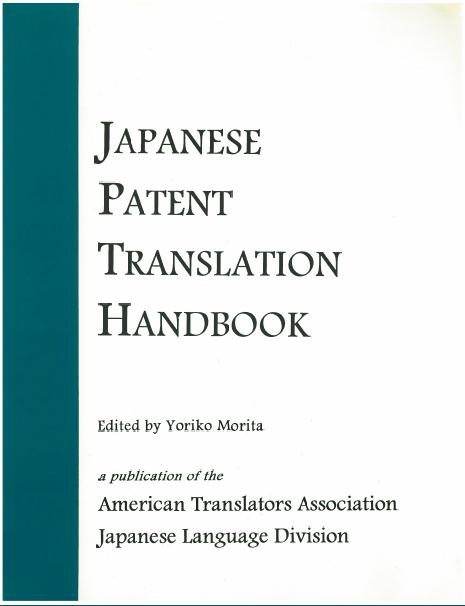Translation & Interpreting Resources & Articles
We are consolidating links to all our translation-related content, such as presentations and publications and have indicated the intended readership as follows. Some content will be tagged as useful to more than one readership demograph.
- Language Professionals
Content intended for and mostly useful to language professionals. - Users
Content intended for and mostly useful consumers of language services such as translation and interpreting.
Articles
Mainly for Users
- Distinguishing Between True Translation Companies and Translation Broker-Agencies (Last updated April 25, 2024)
- All translation sellers are not created (or operated) equally.
- The Holy Trinity Skill Set for Translation (Last updated April 23, 2024)
- Engagement with your translation provider is the key to verifying whether the people doing your translations have these skills. But substantial engagement with a knowledgeable person at a bulk translation seller is virtually impossible.
- Third-language translators: Be they humans or machines, they demonstrate how you get what you pay for in Japanese-to-English translation. (January 28, 2019)
- Japanese-to-English translators with neither Japanese nor English as a native language can look forward in the near future to replacement by machine translation systems suffering from the same handicap.
- Behind the Curtain in the Translation Industry
- Some things change and some don't.
- Some Sobering Facts about the Translation "Industry"
- Common sense among translators and true translation companies, but probably surprising to many people outside the translation tent.
- Some Basic Facts about the Japanese Language, its Position in the Language Landscape, and Things Translation Consumers Should Learn
- A few basics for people not familiar with the Japanese language, which includes many people in need of Japanese-to-English translation.
For Both Users and Language Professionals
- Confessions of a Professional Japanese-to-English Translator (Last updated October 2, 2025)
- Many aspects of the development of professional translators and their work lives are unknown to, generally unknowable by, and potentially surprising to fellow translators, and even more so to clients. Here are some for one particular translator.
- What You Don't Know about your Translation Supply Chain Can Hurt You (June 19, 2020)
- Many aspects of what happens to your documents after you order translations of them remain purposefully hidden from your sight but can affect accuracy, accountability, and security.
- The Use of Seals in Japan (Last updated September 16, 2025)
- Used in place of signatures, seals are dying a hard death in Japan.
- Translating Japanese Names (Last updated August 26, 2025)
- One troublesome characteristic of the Japanese language is the uncertainty of how Japanese personal names are pronounced. Many names can be pronounced in numerous ways, the pronunciation options sometimes being totally different. The problems involved are more more troublesome than Green or Greene.
- Some Thoughts on the Theft and Unlawful Use of Copyrighted Content (June 8, 2025)
- Some misunderstandings need correcting.
- One Japanese-to-English Translator's Path into the World of Translation (Last updated May 26, 2025
- Just one of myriad ways people enter the field of translation.
Publications
Mainly for Language Professionals
- Morita Ed, ATA Japanese Translation Handbook (1997, last edit October 14, 2022)
 Chapter 5: Japanese-to-English Translation of Patent Documents for Filing in the US. Both the original version and an edited version are available, the latter reflected some changes made in availability of information.
Chapter 5: Japanese-to-English Translation of Patent Documents for Filing in the US. Both the original version and an edited version are available, the latter reflected some changes made in availability of information.